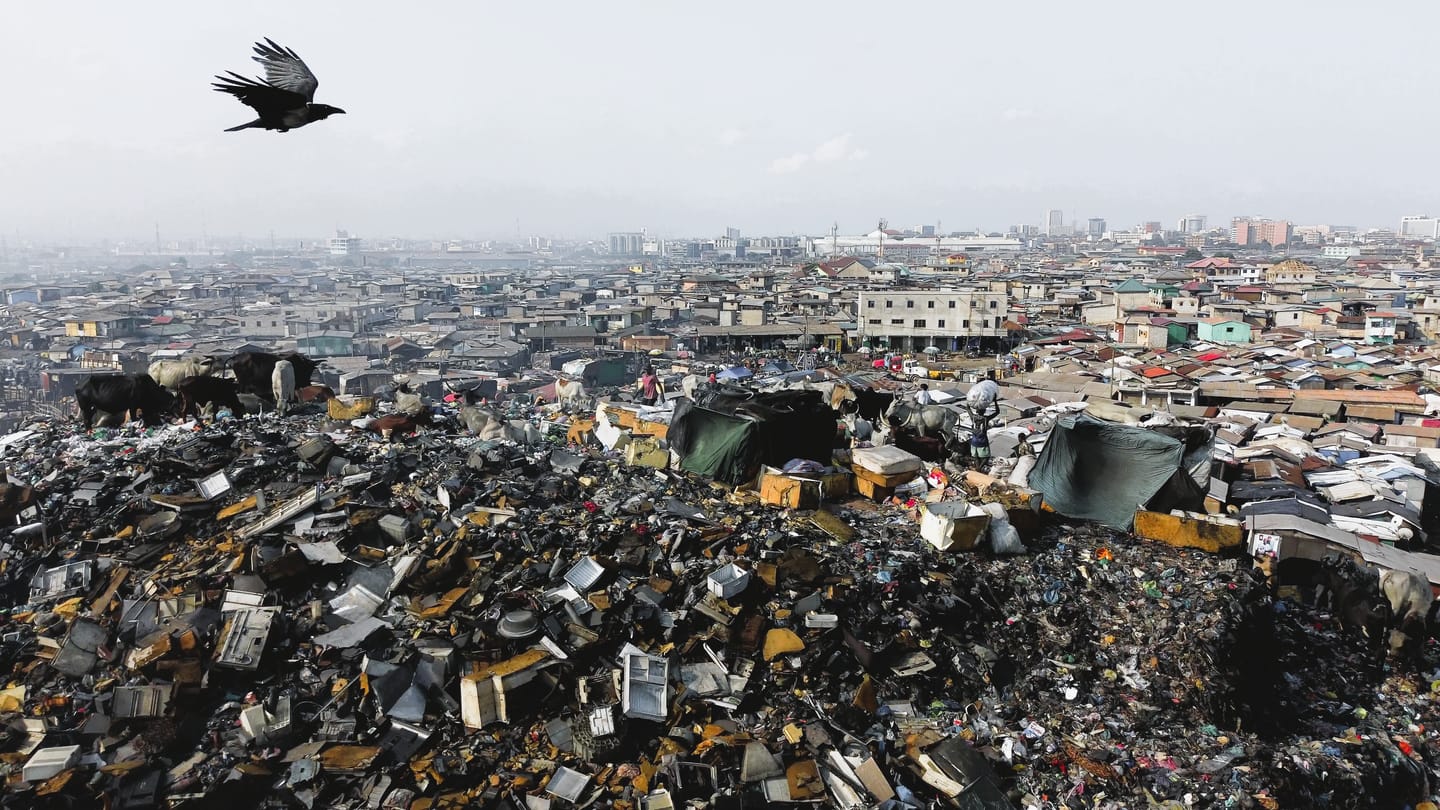The Invisible Pain That Begins After We Throw Things Away

Vol.5 — The Hidden Costs of Waste for Society and the Environment
When a new incineration plant or landfill is planned nearby, most of us feel uneasy.
The smell, the impact on the landscape, the risk of harmful substances—few would welcome it if they could avoid it.
Yet in many cities across Asia and Africa, this has become an ordinary part of the scenery.
On the outskirts—or sometimes in the very heart—of urban areas, quiet mountains of waste rise, day by day.
This is not just “garbage.”
It is the afterlife of our lifestyles.
1|Pain Buried Underground
We may think that “once it’s buried, it’s gone,” but waste lingers in the soil, slowly and steadily harming both society and the environment.
- Polyethylene shopping bags — 500–1,000 years to decompose
- E-waste — often never breaks down, releasing hazardous substances into the surroundings
- Plastics in general — break down under light, heat, and water into microplastics
Eventually, this hidden contamination comes back to us in the following forms:
| Substance | Source | Human Impact |
|---|---|---|
| Lead (Pb) | Circuit boards, batteries | Neurological damage, reduced IQ in children |
| Cadmium (Cd) | Lithium batteries | Kidney damage, bone softening |
| Dioxins | Incineration | Carcinogenic, reproductive harm |
| Microplastics | All plastic products | Tissue inflammation, hormone disruption |
The reality is that landfills and incineration plants silently threaten human health—especially for people living closest to these sites.
2|Where Does “Away” Actually Go?
Much of the waste we generate disappears from sight—but it simply relocates into someone else’s daily life.
- Used clothing from Japan often ends up in Africa
- Discarded electronics find their way to informal processing sites in Asia
- Waste plastics and food packaging wash up on Southeast Asian beaches or pile up in empty lots of small villages
Think of Smokey Mountain in Manila, Philippines.
Or Agbogbloshie on the outskirts of Accra, Ghana.
There, you’ll find children making a living from garbage, pregnant women working in toxic smoke, and people struggling with illnesses caused by prolonged exposure to hazardous waste.
Behind our “convenient” lives, someone else is paying the price.
3|Why Waste Keeps Flowing
The waste crisis is not simply a matter of manners or better sorting. Structural systems drive it:
- Products are deliberately designed to become obsolete quickly (planned obsolescence)
- Disposal costs are shifted to consumers and municipalities—who handle the “clean-up”
- Our economic model rarely considers what happens after a product is discarded
New smartphone models are released yearly.
Thousands of plastic containers are produced every second.
Most are single-use, and many end up drifting across the planet with no destination.
4|Reframing “Making” and “Ending”
What should we be questioning?
First, we can imagine the future beyond the purchase—where it’s made, how it’s made, and how it ends.
Second, we can reconsider the very structure of design and the economy.
From a society that assumes disposal—to one that designs for a world without waste.


